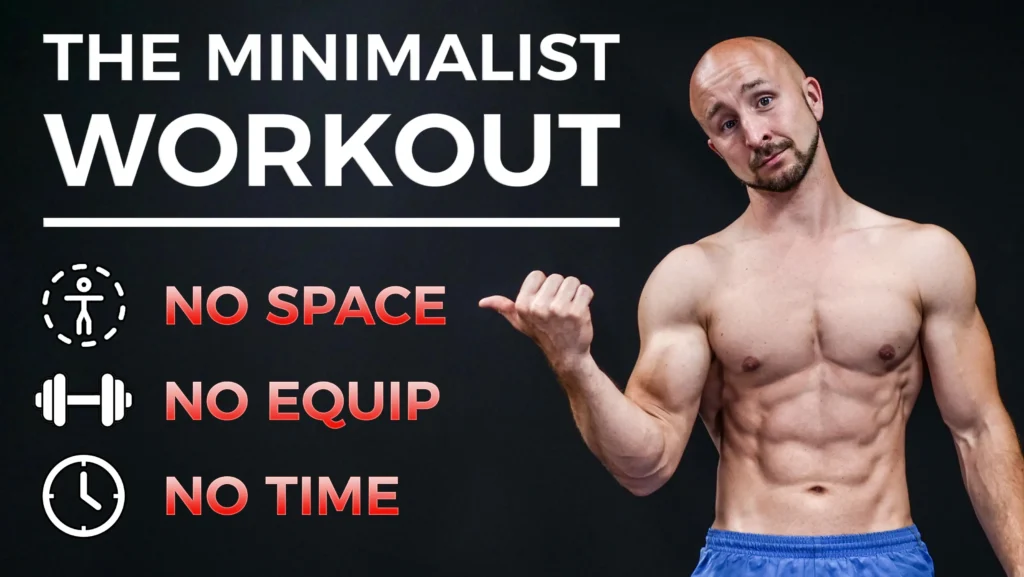
Using Bodyweight Exercises and Minimal Gear
Effective Home Workouts: Quiet Strategies for Small Spaces
Let’s face it—living in a small space can sometimes make it tricky to stay active without bothering your neighbors. But here’s the good news: you can absolutely crush your fitness goals right at home! Let’s explore some quieter workout options that let you keep fit without needing to hit the gym or make a lot of noise. Whether you’re nestled in an apartment or just enjoy the cozy vibe of home, I’ve got some practical tips to help you work out effectively without disturbing anyone around you.
Quiet Workout Strategies for Home
You might be surprised by how much you can achieve within the comfort of your own home. Quiet workouts are perfect for those of us who live close to others, allowing you to break a sweat without the need for clanging weights or jumping around. But what does a noise-free workout actually look like?
Using Bodyweight Exercises and Minimal Gear
A lot hinges on your choice of exercises when you’re working out at home. Focusing on bodyweight movements or light equipment like resistance bands and dumbbells can really help keep the volume down while still giving you a solid workout.
Here are some great quiet exercises to try:
– Bodyweight Squats: These are fantastic for building lower body strength without that loud clatter of weights.
– Wall Sits: This might look easy, but it really burns! Plus, it’s silent, so you can hold that position without making a peep.
– Glute Bridges: These are excellent for your glutes and lower back and require zero impact.
Using these controlled movements not only helps you get fit but also keeps the peace in your home.
Why Functional Movements Are Key
One of the best ways to level up your workouts, whether at home or at the gym, is to focus on functional movements. These are the moves we use in everyday life, like pushing, pulling, squatting, hinging, and lunging.
What Makes Functional Movements Important?
These aren’t just good for your workouts; they also make your daily activities feel easier. When you master squats, sitting down and getting up from a chair becomes second nature. Lunges can really boost your balance, which is always a plus.
Here’s a rundown of some functional exercises to include:
– Push-Ups: They target your upper body and core and are easily modified for any fitness level.
– Planks: A classic way to build core strength without causing noise.
– Single-Leg Deadlifts: This move strengthens your balance and works the back of your body quietly.
By weaving these exercises into your routine, you’re essentially training your body for the movements you already make every day.
Tapping into Fitness Expertise
Let’s be honest—sifting through all the fitness advice out there can feel overwhelming. But leaning on seasoned professionals can really help you find your way. Experts like triathlete Erin Kelly and trainer Daniel Bubnis have invaluable insights. They both emphasize that there isn’t a one-size-fits-all approach to wellness.
Key Takeaway from the Experts:
– Fitness Made for You: Great fitness advice takes into account your unique abilities and lifestyle. Both Kelly and Bubnis encourage informed decisions in areas like exercises, nutrition, and recovery that align with your personal health goals.
How to Get Started
Feeling ready to dive in? Here’s a simple, step-by-step action plan to help you kickstart your home workout routine based on what we’ve talked about:
Your Action Plan:
1. Check Out Your Space: Take a good look at where you can comfortably work out at home. Make sure there’s enough room for you to move freely and quietly.
2. Select Your Gear: Grab essentials like resistance bands, a yoga mat, and light dumbbells. These tools won’t take up much room and can make a big difference.
3. Map Out Your Routine: Aim for a well-rounded workout each week that mixes in various functional movements. How about something like this?
– Monday: Bodyweight squats, planks, glute bridges
– Wednesday: Push-ups, wall sits, single-leg deadlifts
– Friday: Lunges, glute bridges, stretching
4. Keep Track of What You Do: Use a journal or an app to log your workouts, including exercises, how many reps you did, and how you felt afterward. This can be so motivating as you see your progress over time.
5. Look for Guidance: Tap into online resources that fit your level, ranging from strength training techniques to nutrition tips and recovery advice.
Wrap-Up
Quiet home workouts can be a game-changer for those of us dealing with the limitations of small living spaces. By focusing on functional movements and drawing insights from fitness pros, you can keep up a solid workout routine that fits your lifestyle. Every little step you take matters when it comes to your well-being.
So, why wait? Why not give one of these workout routines a spin today? I’d love to hear how it goes for you—share your stories and any tips you have in the comments! Let’s support each other on this journey to better fitness.
Written by Alexander Babinets
Founder of Express Fitness, certified coach, and author helping people get in shape without excuses.
📍 expressfitness.ca | 📩 info@expressfitness.ca
👤 More about me → alexanderbabinets.com
Hashtags: #home #fitness #workout #movements #these #without #like #exercises #workouts #make #functional #quiet #here #some #keep
